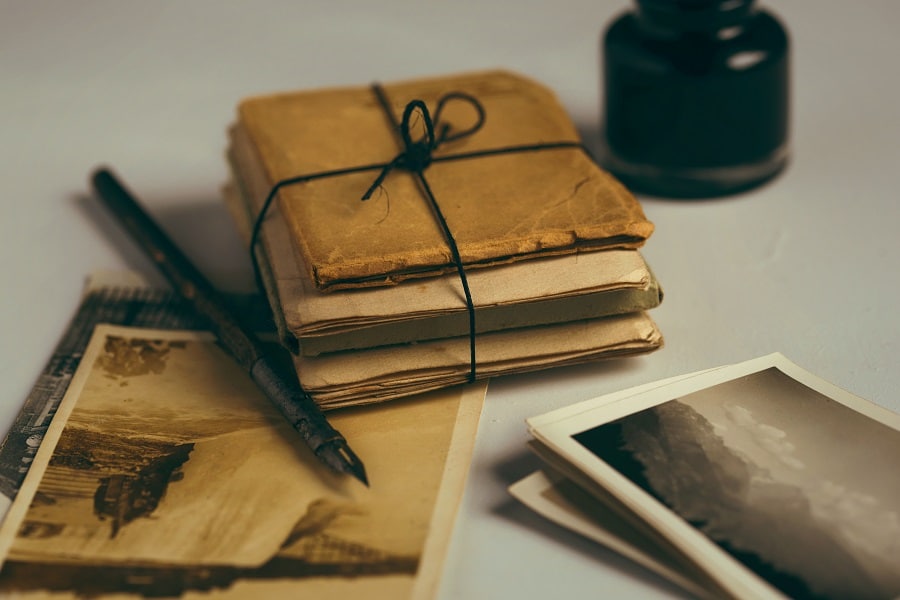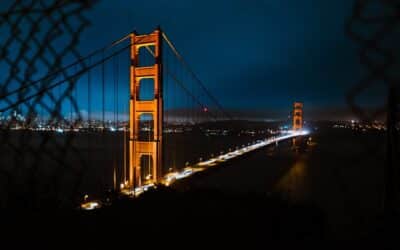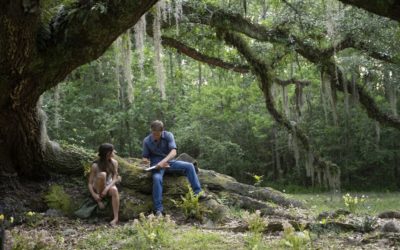
Crafting Unseen Locales
How to Write About a Place You’ve Never Been
Imagine this: A menacing shadow skulking through the cobbled streets of Prague. An unsolved murder in a foggy English moor. A secretive gathering in the maze-like alleys of Fez. These conjure thrilling narratives, don’t they? Getting the setting right in a mystery, thriller, crime, or horror novel is a jigsaw piece that fits into the bigger puzzle of storytelling. It’s the backdrop against which all action unfolds, setting the tone, influencing characters, and shaping the plot.
An exquisite portrayal of place can transport readers, immersing them in the world of the narrative. The jagged silhouette of a building can spell intrigue, the weather’s unpredictability could hint at suspense, the scent of a local cuisine might carry a whiff of an unsolved crime. Every fine detail paints a vivid picture, amplifying the stakes of the story.
The landscape of a place becomes an accomplice to the crime, an unsung hero, or even a lurking antagonist. It’s this relationship between place and plot that ensnares readers, holding them captive, flipping pages under the covers with a flashlight. A mystery novel without a well-researched setting is like a magician without a hat, and nobody wants to see a rabbit pulled out of a baseball cap, do they?
But alas, the question surfaces: How does an author write about a place that hasn’t been graced by their shadow? Here, wander into the rabbit hole of creative writing.
Ah, the wonders of the World Wide Web! Its labyrinthine corridors hold an ocean of information. Google Earth, for instance, presents a panorama of worldwide locations at the fingertips. Explore those narrow, winding streets of Paris, soak in the imposing vista of New York skyscrapers, or traverse the quaint cottages dotting the Scottish Highlands. An author’s mind is the theater where stories unfold, and Google Earth is the film director, calling the shots.
Feeling the landscape might be off-limits, but what about those who’ve trodden those paths before? Local blogs, travelogues, and vlogs offer first-hand experiences, peppered with sensory details. Such accounts provide insights into local culture, traditions, and the daily rhythm of life. It’s akin to experiencing the place through another’s eyes, thus breathing authenticity into the writing.
Ever heard of a location database? Invaluable tools such as Emporis or SkyscraperPage offer extensive data about cities, their structures, architecture, and more. Like a detective assembling clues, these databases offer nuggets of information, waiting to be threaded into a compelling narrative.
Writers don’t create in a vacuum. Community platforms such as Reddit have multitudes of users sharing experiences, photographs, and personal stories from around the globe. From the quietest corner of a remote village to the bustling streets of metropolises, it’s all there, waiting to be discovered.
Historical maps are yet another hidden treasure. They reveal the evolution of a place, its history, culture, and the shifts over time. A Victorian London on an old map, with its gothic architecture and gas-lit streets, might host a different crime than a modern, tech-infused London.
The weather, ah! How it sets the mood. Online tools like Weatherbase offer historical weather data from around the globe. Imagine orchestrating a chase sequence through the slippery streets of Istanbul in a downpour or a murder mystery unfolding under the scorching sun of the Australian Outback.
Immersive reading is a fascinating method to delve into the psyche of a place. Local literature, books set in that location, offer a sensory-rich tapestry of details. They convey the spirit of the place, its nuances, its moods, and its stories. A truly novel way to research!
Online language tools like Duolingo or Rosetta Stone offer a glimpse into the local language. Peppered dialogue with local dialect and colloquial phrases adds an element of realism. Picture a thriller unfolding in Sicily with characters bantering in authentic Sicilian.
The importance of time cannot be underestimated. World Clock, for instance, provides real-time data from across the globe. It’s crucial to know when the sun sets in Siberia or when the night market comes alive in Taipei. Such temporal accuracy lends credibility to the narrative.
Lastly, one can’t overlook the power of music. Streaming platforms offer playlists by location, painting a sonic picture of a place. Imagine penning a suspenseful sequence while listening to the haunting melodies of Hungarian folk music.
And there, through this quirky sojourn, we’ve found ways to capture the essence of unseen locales. The aim is to offer readers an escape ticket to a different world, without leaving their comfy armchair. A world that resonates with the credibility of actual places, yet tinged with the mystery and thrill of fiction. The tools are at the disposal of the imaginative scribe, ready to be wielded, ready to craft riveting tales of mystery, crime, and horror.
Whisked away by the digital winds, writing about places unseen transforms into an adventure in itself. The voyage begins with a spark of curiosity, a dash of research, and a dollop of creativity. It’s an art that merges the factual with the fantastical, creating a tantalizing cocktail of intrigue and suspense.
Remember, every corner of the world holds a story. Even if unseen, its spirit can be captured, its tales can be told. And therein lies the real magic of storytelling. After all, isn’t that what a mystery novel is all about? It’s a dance of shadows and light, played out on a stage set in the mind, echoing through the streets, moors, and alleys of a place, perhaps unseen, but never unfelt.
Similar Features
New York Mysteries
Mysteries in the Big Apple
California Mysteries
What makes mysteries from The Golden State so special?
When a Place Becomes a Character
How Mystery Settings Can Drive the Plot and Shape the Story



